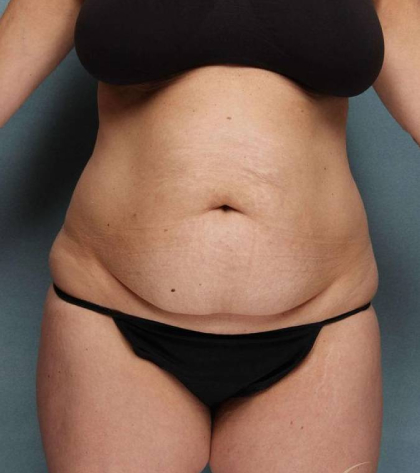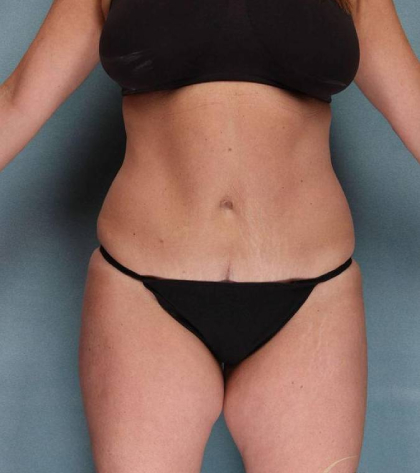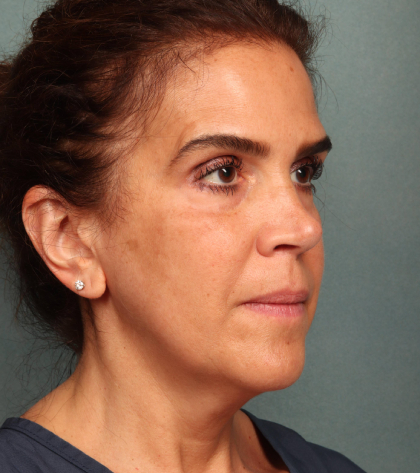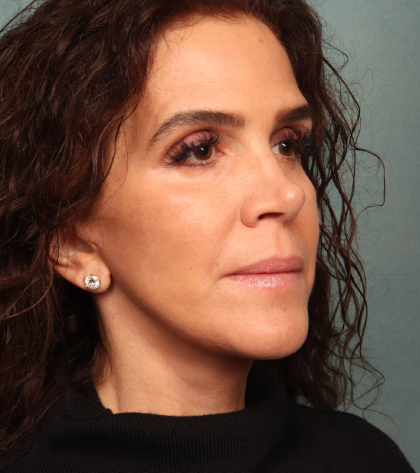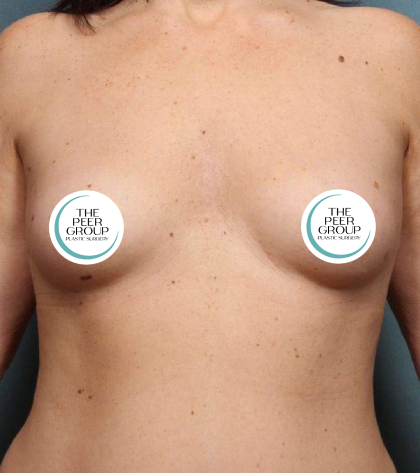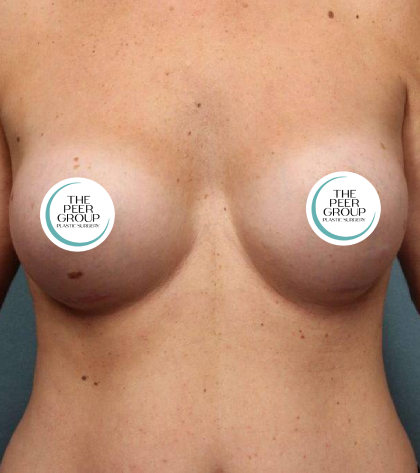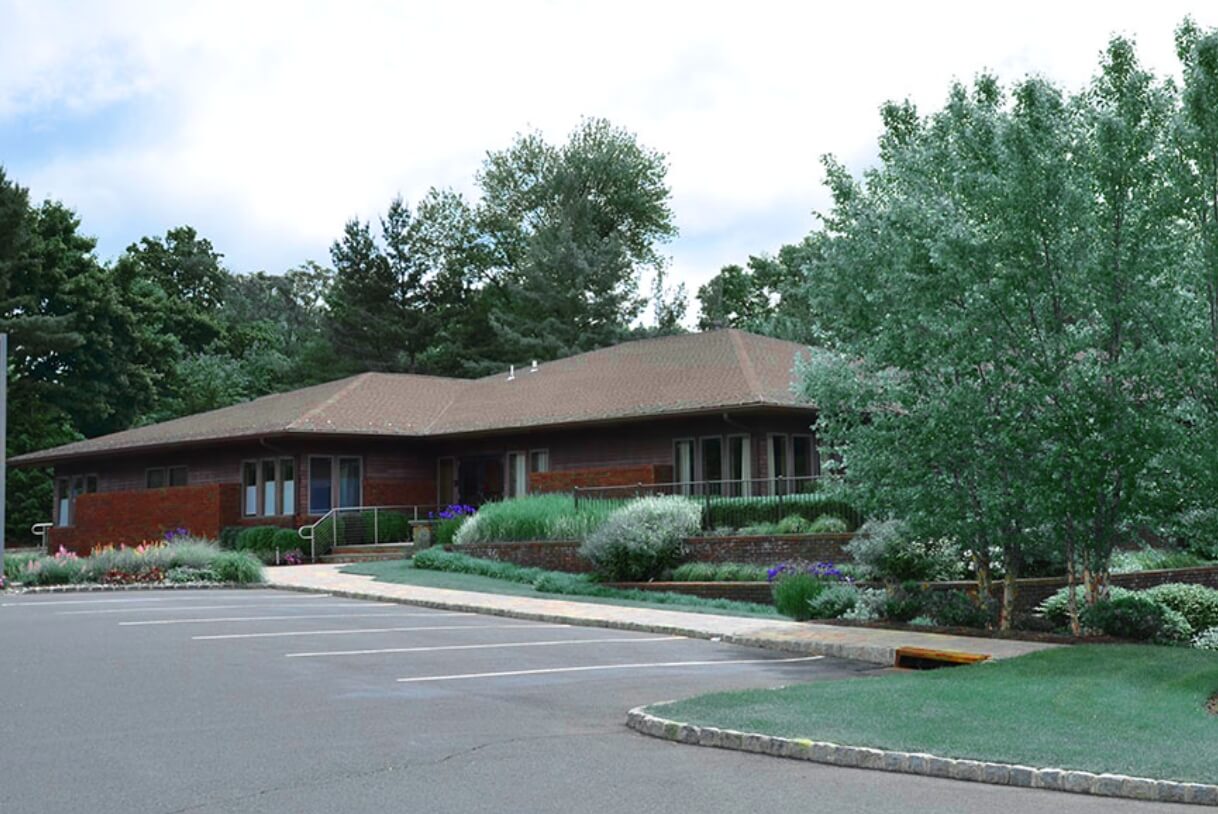Is Laser Hair Removal in NJ Right for You?
Are you sick and tired of trying to get rid of unwanted facial hair? Or have you had enough of maintaining the hair under your arms, in your bikini area, on your back, or on another part of your body? With laser hair removal in NJ, you can get rid of […]
Read More
